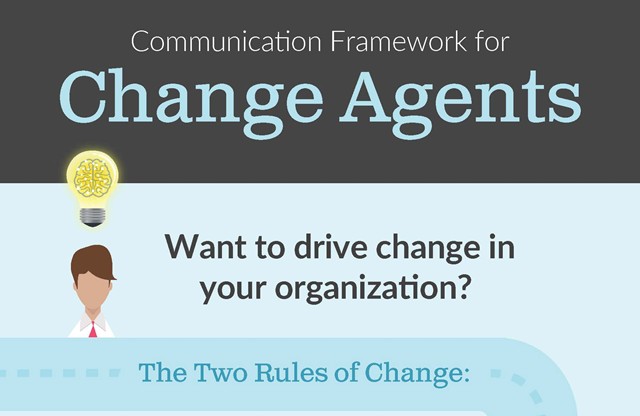Tips for Conducting Business Across Continents

Create relationships and ask for help
Whether you have an established global business or are looking to expand to new markets, you don’t have the advantage of being everywhere at once to meet and connect with your teams and customers. You’ll have to work hard to maintain your relationships, so you should be setting up regular calls to access the tone and satisfaction of those employees at the location. You can even go the extra mile by making sure you’re present for important events at different global offices or utilize video calls for a more in-person feel. You should also be leveraging your connections in the various continents you’re looking to grow in. If you’re looking to expand in a location where the native language is not in your skillset, have a contact or service in place in order to spread awareness about your products and services.
Stay connected with the cloud
The best advice I can give you is to keep your global business connected. With the development of modern business management solutions, it is easier than ever to stay connected with your teams all over the world. The right software will unite your workforce whether they are in finance, distribution or manufacturing so that everyone is up-to-date on all processes. It will allow employees to access data anywhere, at any time making their working hours match up with yours regardless of time zone. With cloud implementation you’ll be able to go wherever your business takes you by accessing it from different technologies, too. You’ll be able to give the right people the information they need in real time in order to spot anomalies and correct any discrepancies.
Do global business but act local
Conducting global business requires businesses to act like a local. Customs, traditions, and legal compliance vary across geographies. Be aware of the legal compliance needs and requirements in the locations you are conducting business in so you are able to continue doing business legally. By learning the area’s customs and traditions, you are able to relate with locals better and establish a positive reputation.
Communicate often and clearly
We all know that communication is key, but are you taking that to heart when it comes to conducting business across continents? Take a minute to think about how often you have a conversation with your various teams and the way in which those discussions are orchestrated. Can it be improved? The business management solution I suggested should also allow you to cultivate and maintain productive communications with your global business. Another crucial part of your conversation is being able to use the right language. Barriers in language are detrimental to your productivity and waste time, so it is important to be succinct so your employees and customers can understand you. This is where language localisation will be a must for your cloud-based solution. Not only will you be able to clearly communicate with your team, but you’ll also be able to better service your international customers by avoiding miscommunications from suppliers or partners. Being able to clearly communicate strategy to your workforce in all markets will aid your strategic confidence and your business’ ability to stretch.
Remain flexible for growth
As a global business, the ability to maintain control over efficiencies—especially in terms of importing and exporting goods—is a must. You can increase your sales by utilizing an interface that is intuitive regardless of language or device, and is flexible enough to track and make adjustments on the spot. The market in one of your locations can change at any moment, and you’ll want to be agile enough to adapt and change with it. This is where keeping an open dialogue with your location will help, as well, because you’ll be aware of any structural changes you need to make. It’s essential that your global employees have mobile capabilities, and staying connected with cloud-based business management solutions can give you the flexibility you need to move forward.
Expanding to new markets and managing your global business is in your forte. For you business leaders who currently conduct business across continents, you know the unique perspective you gain by maintaining a presence around the world. As long as you create strong relationships, stay connected, communicate frequently, and remain flexible for growth, you’ll have everything you need to take control of your cross-continental business.
About the Author


 Power Stars to Light the Business Flame, by Hank Moore, encompasses a full-scope business perspective, invaluable for the corporate and small business markets. It is a compendium book, containing quotes and extrapolations into business culture, arranged in 76 business categories.
Power Stars to Light the Business Flame, by Hank Moore, encompasses a full-scope business perspective, invaluable for the corporate and small business markets. It is a compendium book, containing quotes and extrapolations into business culture, arranged in 76 business categories.
 Sharon Drew Morgen is founder of Morgen Facilitations, Inc. (
Sharon Drew Morgen is founder of Morgen Facilitations, Inc. ( Jon Mertz is one of the Top 100 Thought Leaders in Trustworthy Business and highlighted as one of the Leaders to Watch in 2015 by the American Management Association. He also is the author of
Jon Mertz is one of the Top 100 Thought Leaders in Trustworthy Business and highlighted as one of the Leaders to Watch in 2015 by the American Management Association. He also is the author of